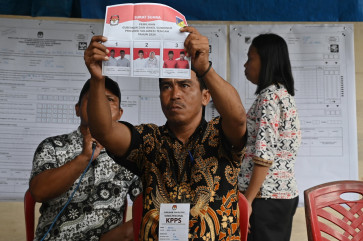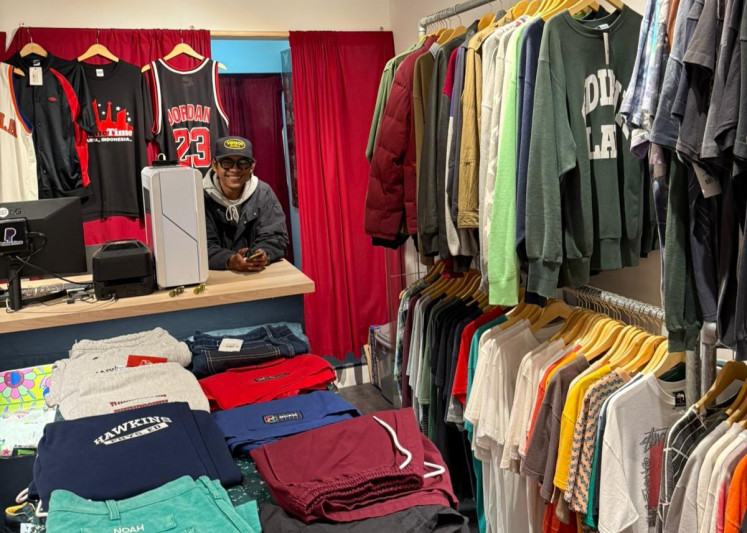Popular Reads
Top Results
Can't find what you're looking for?
View all search resultsPopular Reads
Top Results
Can't find what you're looking for?
View all search resultsRI 'needs to' develop its quaternary education amid technological advancement
Quaternary education is the fourth level of education following an undergraduate degree, or to put it simply, postgraduate study.
Change text size
Gift Premium Articles
to Anyone
A
sia School of Business CEO Sanjay Sarma said Indonesia needed to develop the quaternary education sector in the country to better equip the working-age population against generational challenges.
Quaternary education is the fourth level of education following an undergraduate degree, or to put it simply, postgraduate study.
“Technology changes so fundamentally, AI’s [artificial intelligence] impact on the economy is going to be very significant, and that’s not the only technology that’s changing the economy,” he told The Jakarta Post on Aug. 1, saying that the quaternary system had huge potential because everyone was migrating jobs.
“Even biotech is changing the economy in ways that you probably don't realize. So the rest of the world is also struggling. But Indonesia has an opportunity [...] because of its demographic dividend. So it’s gold. Invest in a gold mine.”
Most Indonesians do not go to universities, with roughly 30 percent of the population having studied at this level, according to Statistics Indonesia data from 2023. Elementary to senior high school fared better, with between 86 and 100 percent participation.
Tertiary and quaternary education have been largely limited to households within the highest tier out of five expenditure groups in Indonesia, with participation reaching over 50 percent, whereas those from the lowest tier only saw around 17 percent gaining a university-level education, according to Statistics Indonesia data.
Read also: Transnational education: An opportunity for Indonesia's future



















